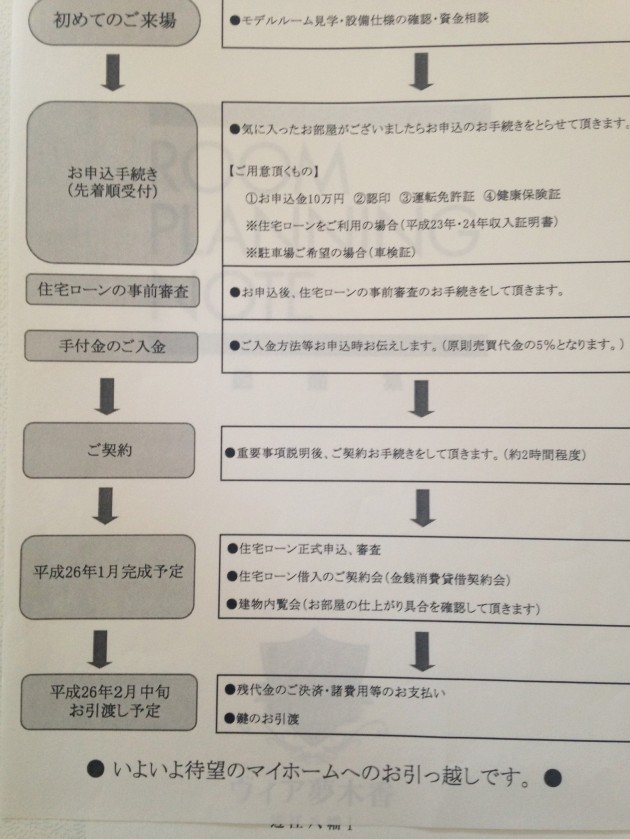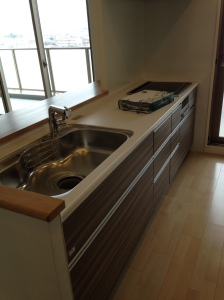Here is part one in the series “Buying a condo in Japan.”
Part One Synopsis
- We get a flyer advertising a new condominium being built in the area
- We visit the model home
- We meet the real estate agent and hear the sales pitch
- We schedule another meeting
My husband Masa and I, bought our first home (condominium) in 2014. The process of buying a home in Japan was a great learning experience and I am happy to be able to share it here on my blog.
Our journey may be a little different from other expats as my husband has dual citizenship (Japanese and American) which definitely makes the process easier. (You usually have to be a citizen or have permanent residency to get approved for a loan). We also bought a newly built condo so we bought from the company that built the condo and not a person selling their condo. The process of buying the condo was pretty easy and quick and I hope it will be the same for any expats who are looking to buy a condo.
The process of buying a home began when we got a flyer in the mail about a new condo being built near our home. Our friends back home in America were all buying their first homes and Masa had definitely caught the “I want to be a homeowner” bug. I was perfectly fine with just renting a home, but I loved looking at model homes as it was a favorite past-time I developed with my family when we visited model homes every Sunday after church when I was in my early teens.

A sampling of the flyer
We drove over to the model home on a Saturday. Japanese model homes are usually quickly built wooden model homes that soon get demolished after they have finished selling the homes or units at the actual site. In the model home we visited, the 1st floor was the office and the 2nd floor was a model of one of the condo units.
We entered the first floor office and were greeted by a man who turned out to be a real estate agent as well as an architect for the condo company. He sat us down, gave us a few brochures, and went over the sales pitch. What initially had drawn us to the condo was that there was no down payment necessary and the real estate agent went over that deal as well as pricing, and the floor plan of the four different types of condo units in the mansion. After we listened to the sales pitch for about 30 minutes we headed upstairs to see the model home.
It was, of course, beautifully decorated. It had very nice features like a sink installed on the veranda, a very nice shower room, and a spacious living room. The real estate agent left us alone in the model home for a bit which was nice because we felt more comfortable looking around on our own. We headed back downstairs once we finished looking, and the agent finished up his sales pitch- mentioning that homes were going fast (this turned out not to be true, but hey-it’s a sales pitch), and gave us a price list of the available units in the condo.
Here is the flow-chart going over the process of buying a condo which was given to us by the condo company. (Translation Below)

Visit the model home—> Apply to buy, Get screened for loan approval, and Pay deposit—> Sign contracts—-> Complete loan paperwork—-> Pay fees and move in!
The model home was beautiful, the price was right (especially with no down payment), and the agent had a pretty good sales pitch so we were pretty much sold. We headed over to Masa’s parent’s place right afterward to get their advice and make sure we weren’t getting tricked or swindled. The both said it seemed like a good idea, and agreed to visit the place with us the next weekend. We called the agent (who would be our main contact through the entire process) and scheduled a meeting to visit the model home again and get more details.
















